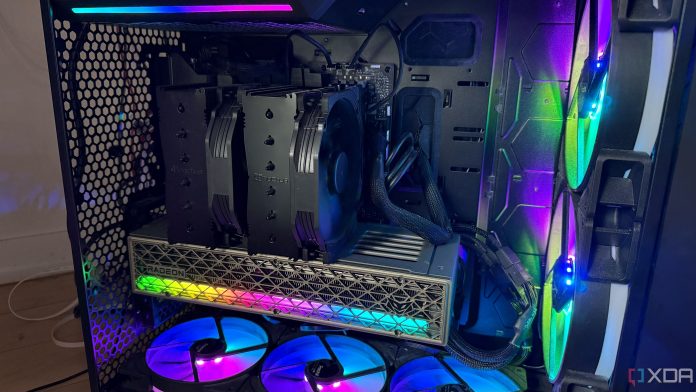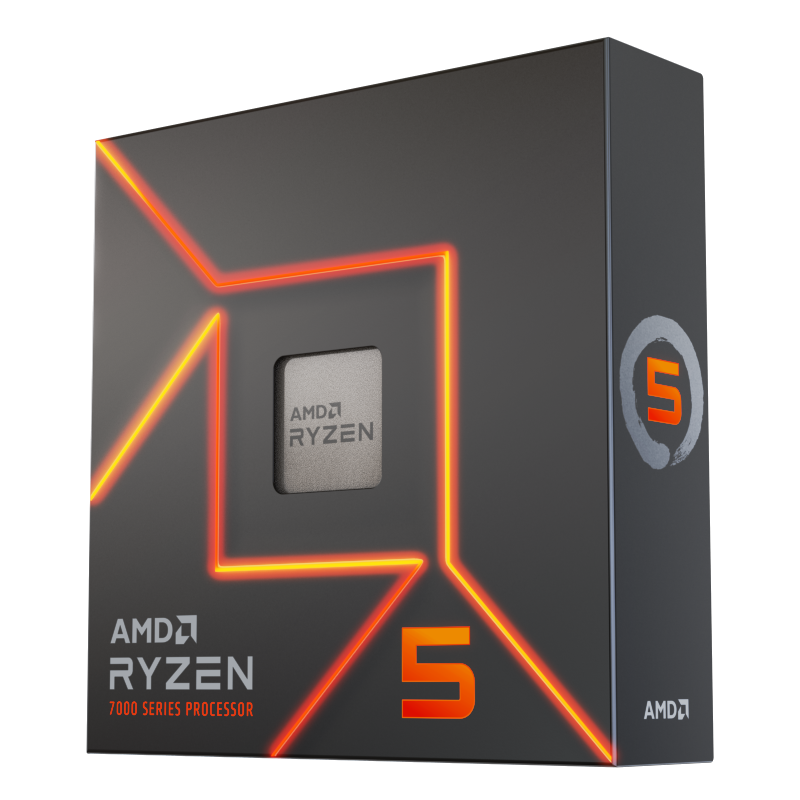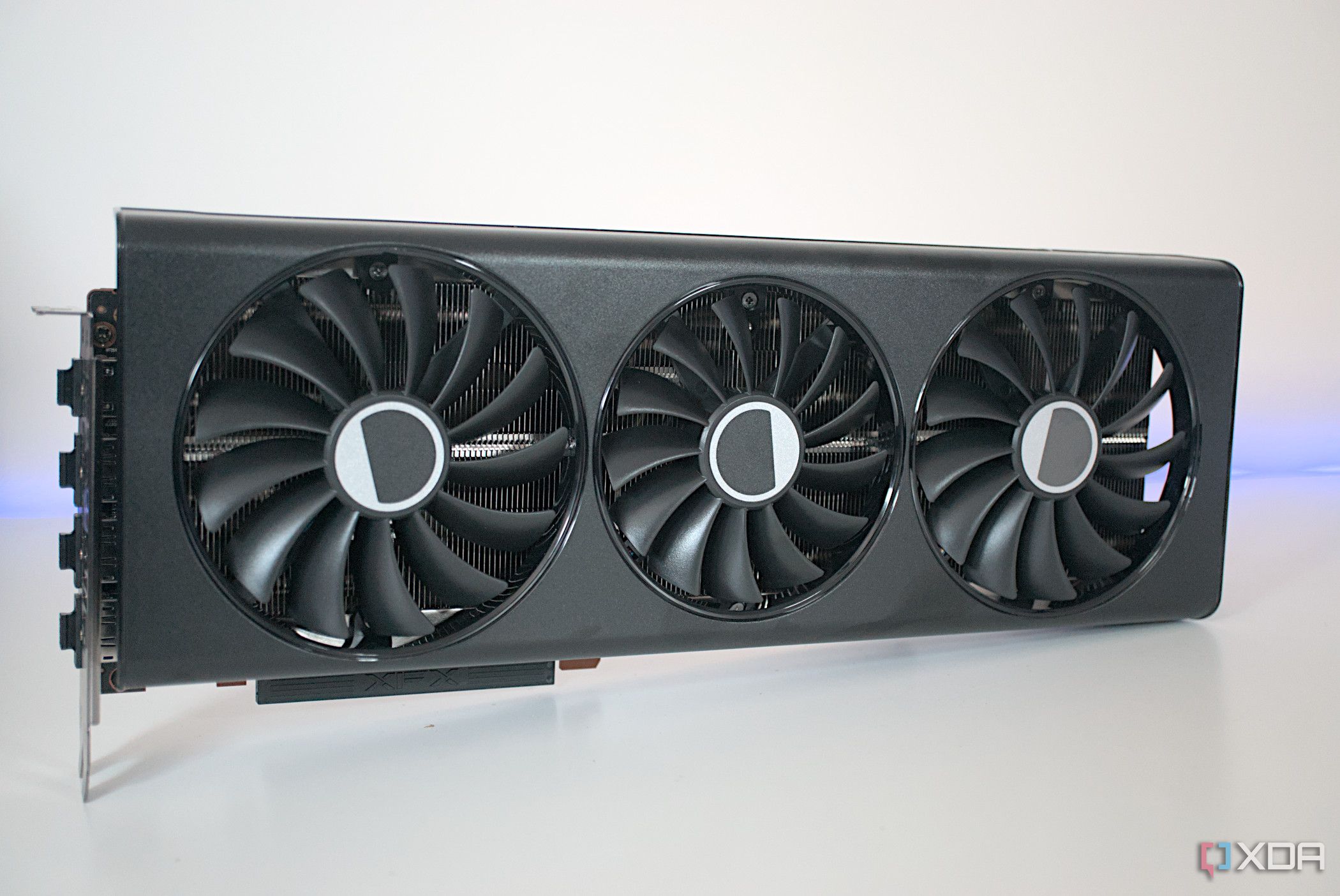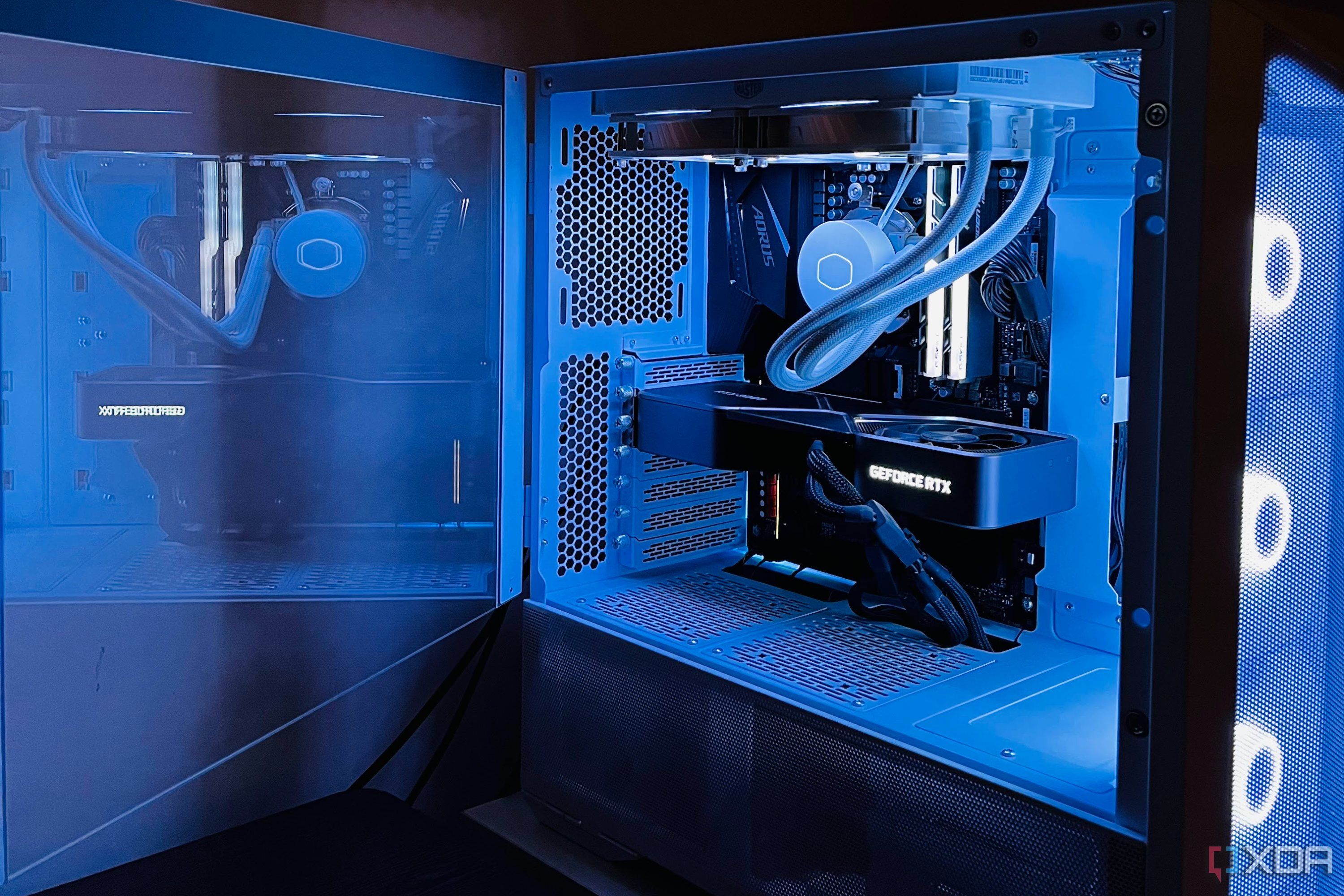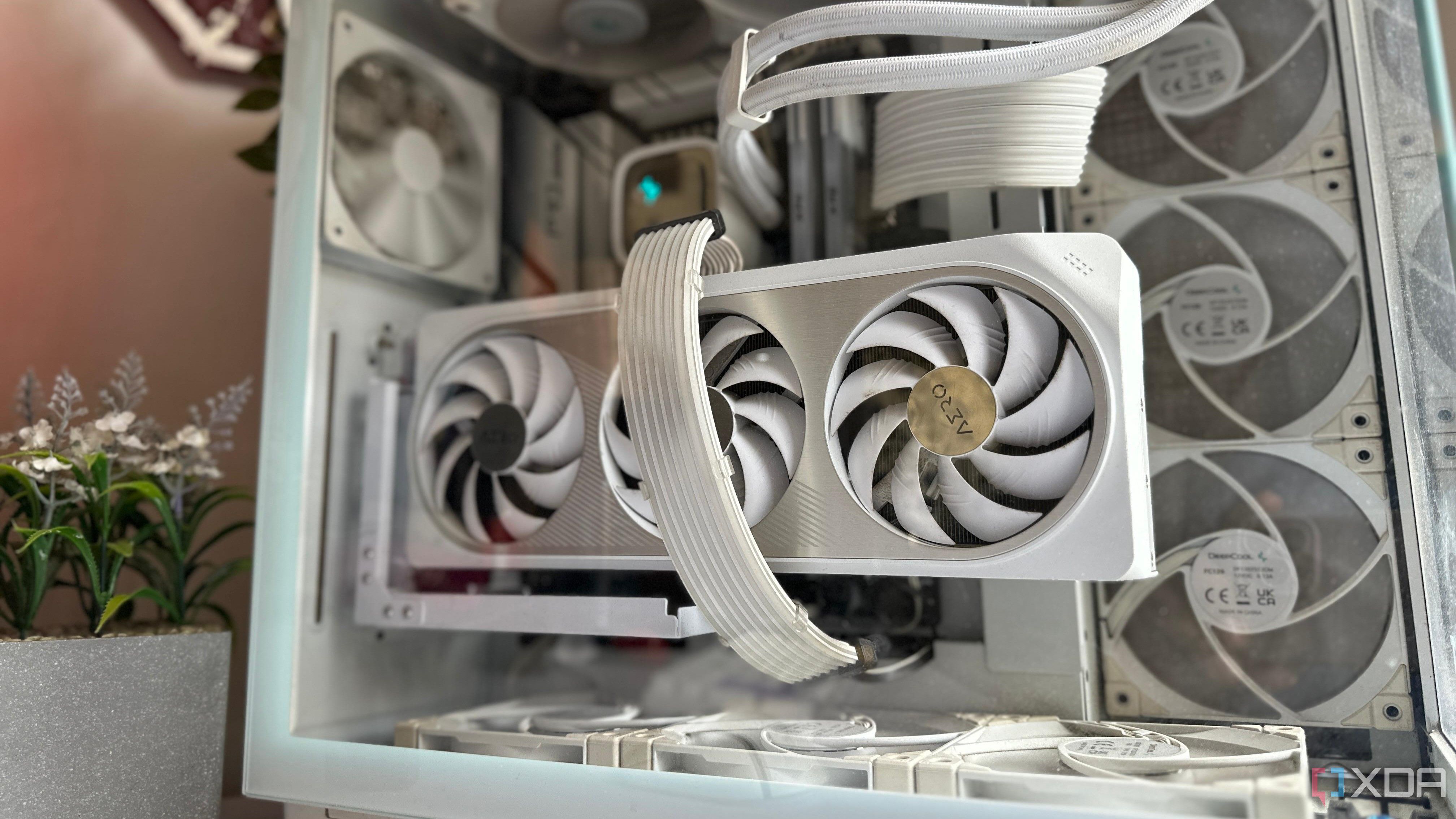It seems like PC building has been dealing with one crisis after another, as inflated prices, slim generational gains, and the absence of real budget contenders play spoilsport. The mood around these parts has been sombre, and most PC builders believe that building an affordable yet powerful gaming PC is a pipe dream. However, once you decide to let go of the fastest CPUs and GPUs, latest-gen components, and esthetic niceties, you’ll realize that building budget PCs is still fairly easy. You just need to admit it to yourself before you can build one.
The configuration doesn’t sound “sexy”
Budget PCs aren’t meant for bragging rights
If you’re dreaming about the latest and greatest components, Ryzen X3D CPUs, liquid cooling, and premium motherboards, you’ll obviously turn your nose up at the thought of building a budget rig. After all, an entry-level processor, a 60-class GPU, and a modest case don’t sound “cool” enough. That said, you can build a solid budget gaming PC for around $1,000 that punches well above its weight, especially with CPUs like the Ryzen 5 7600 and GPUs like the RX 9060 XT and RTX 5060 Ti.
Six-core CPUs today cost less than $200, and GPUs like the ones I mentioned above can easily power 1440p gaming in all but the most demanding titles. It is undoubtedly tempting to chase high-end gaming CPUs and GPUs, but most people will never need all that power. If a $1,000 build is enough to get you a 6-core CPU, a budget GPU with 16GB of VRAM, 32GB of DDR5 RAM, a 1TB Gen4 NVMe SSD, and a 750W power supply, blaming budget PC gaming for being too expensive is a bit misguided.
I realize that some people might consider $1,000 too much for a “budget” build, but this is the threshold that catapults your rig from mediocre to value-for-money. And in an age where consoles have touched $700, paying $300 more for a much more powerful and versatile machine isn’t bad at all.
AMD Ryzen 5 7600
$195 $229 Save $34
- Brand
- AMD
- Cores
- 6
- Threads
- 12
- Architecture
- Zen 4
- Process
- 5nm
AMD’s Ryzen 5 7600 is an entry-level processor from the company, offering six-core performance at a more affordable price. Capable of boosting up to 5.1GHz, this 65W chip is a mighty package with an efficient architecture for a killer PC build.
Related
The PS5 Pro boasts some massive improvements. Can a similarly priced gaming PC compare?
Focusing on what’s most important
Another reason many people want to believe that budget PCs aren’t good enough is that they entail sacrificing esthetics for pure performance. Where a $1500–$2000 build might allow you to balance performance and looks, a $1,000 build is often focused on value for money. Instead of chasing the highest FPS or cranking in-game settings to 11, a budget build aims to maximize performance per dollar.
This principle makes sense to your logical mind but not to your gamer brain. Building a PC isn’t a frequent occurrence, so gamers want to craft a rig that looks great while performing well. That said, if you can settle for a notch lower in terms of esthetics, you can easily build a powerful rig that is great at one thing: delivering impressive gaming performance. And don’t get me wrong — you don’t need to get rid of RGB or settle for a barebones motherboard and case to achieve it.
You just need to be comfortable with components where looks aren’t equally important as raw power. And if you have a limited budget of around $800–$1,000, this isn’t a big sacrifice to make.
Related
PC upgrades are inevitable, but you can make the most of them with these simple tips
There’s no future-proofing going on here
It’s the best PC for “now”
When you decide to spend over $1,500 on a gaming PC, you expect some of the components to last you through multiple generations. This future-proofing is usually absent when you’re working on a limited budget. The intent is to buy the most value-for-money component within the budget that’s enough to last you a few years. Future GPU upgrades, beefy power supplies, and even Gen5 M.2 slots aren’t high on the priority list.
This, to many people, can sound like compromises, prompting them to overlook budget builds in favor of something more. To me, such a value-focused build meant to be replaced fully in about 3 years sounds like a smart move. You aren’t investing a lot in the rig, but still enjoying the benefits of the latest-gen budget components. And when it’s time to upgrade your PC, you won’t feel as compelled to hang on to your hardware as you would with an expensive build.
Budget PC gaming is alive and thriving
PC components might have gotten more expensive than ever, but gamers still have enough affordable options to put together an impressive $1,000 gaming build. You simply need to prioritize performance over esthetics, let go of future-proofing, and recognize the superior value of budget hardware over stuff that “looks cool” on a PC. Sure, you won’t have flagship performance or top-tier esthetics, but your gaming rig will allow you to enjoy 1440p gaming without too many compromises.

